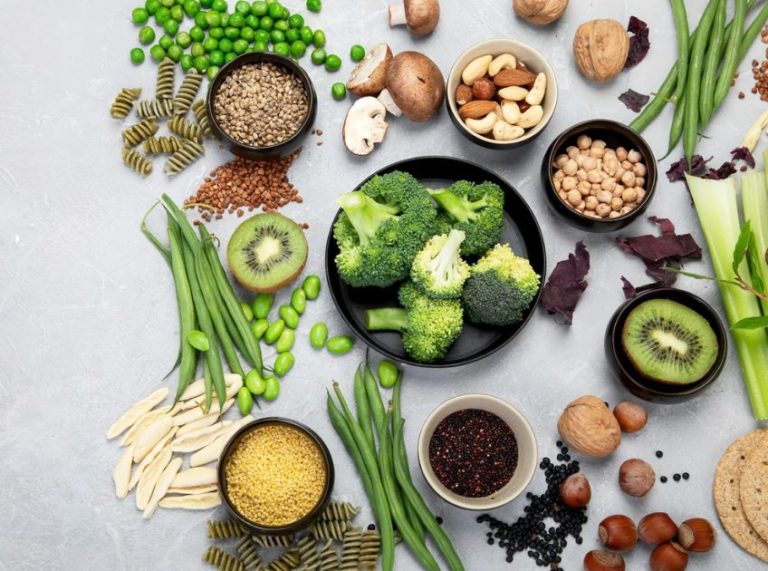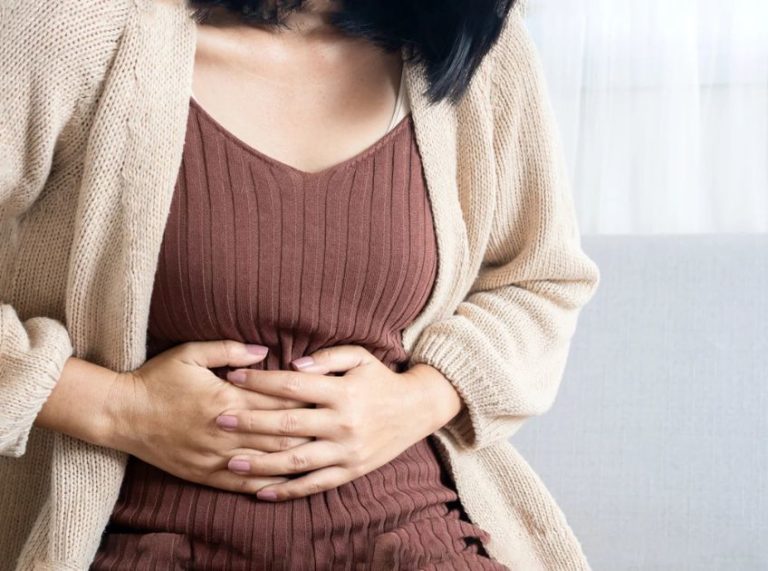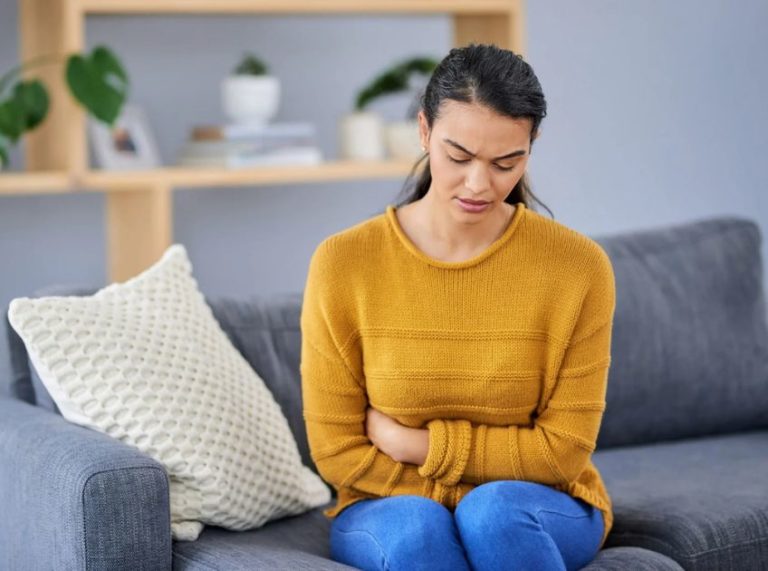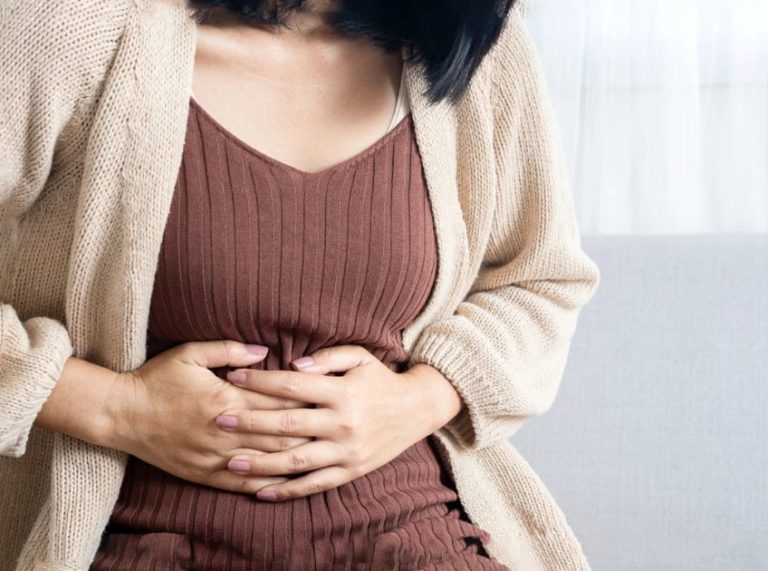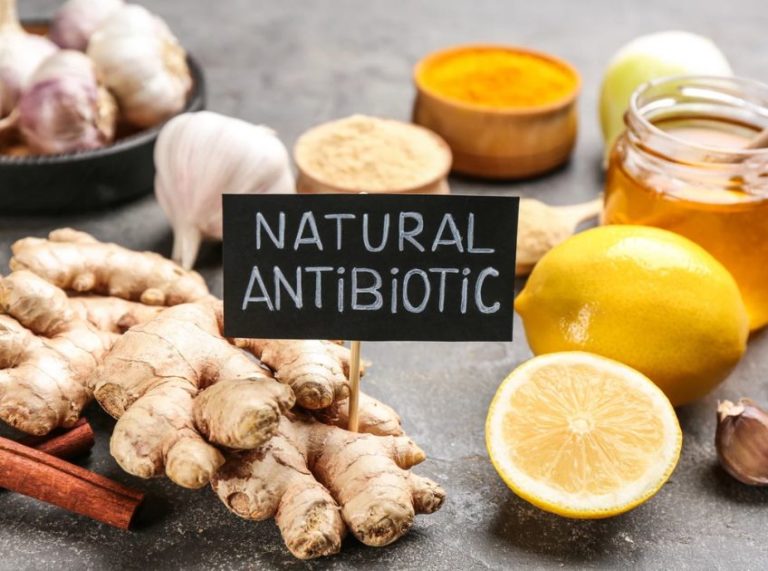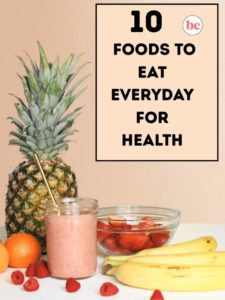
Important: This article is for informational purposes only. Please read our full disclaimer for more details.
Estrogen isn’t just a “female hormone”—it’s a biological powerhouse that plays a crucial role in reproductive health, bone density, mood balance, skin elasticity, and heart protection. Produced mainly by the ovaries (and in smaller amounts by the adrenal glands and fat tissue), estrogen helps regulate the menstrual cycle, maintain bone strength, and even influence cognitive function.
However, factors such as aging, menopause, stress, poor nutrition, or certain medical conditions can lead to low estrogen levels. Symptoms might include irregular periods, hot flashes, low libido, fatigue, dry skin, and mood swings. While hormone replacement therapy (HRT) is a clinical solution, many prefer natural approaches to support healthy hormone balance. Here’s an expert look at ten natural ways to help your body boost estrogen naturally and safely.
10 Natural Ways to Boost Estrogen Naturally and Safely
Let’s dive deeper into ten proven, science-backed ways to help your body increase estrogen levels naturally, improve hormonal balance, and support overall well-being.
1. Incorporate Phytoestrogen-Rich Foods
Phytoestrogens are plant-derived compounds that structurally resemble human estrogen. They bind to estrogen receptors, helping regulate hormonal activity—either mimicking or moderating estrogen’s effects depending on your body’s needs.
Common sources include soybeans, tofu, tempeh, flaxseeds, sesame seeds, chickpeas, and lentils. Research in The Journal of Nutrition found that soy isoflavones can modestly increase estrogen activity, alleviating symptoms such as hot flashes and night sweats in postmenopausal women (1).
Tip:
Include a serving of soy products or legumes daily. For example, add tofu to stir-fries, toss chickpeas in salads, or blend soy milk into smoothies. Balance is key—too much can cause mild hormonal interference in some individuals.
2. Add Flaxseeds for a Lignan Boost
Flaxseeds are one of the richest sources of lignans, a type of phytoestrogen that interacts with estrogen receptors and supports hormonal regulation. They’re also high in fiber and omega-3 fatty acids, promoting heart and gut health.
A 2014 Frontiers in Nutrition study found that regular flaxseed intake improved estrogen metabolism, helping balance hormone levels naturally (2). These tiny seeds may also help reduce menopausal discomfort and support cardiovascular health.
Tip:
Grind flaxseeds for better absorption and sprinkle 1–2 tablespoons daily into oatmeal, smoothies, or yogurt. Whole flaxseeds often pass through undigested, so the ground form is best for maximum benefit.
3. Maintain a Healthy Body Weight
Body fat isn’t just an energy store—it’s a hormone-producing organ. Fat tissue converts androgens (male hormones) into estrogen through a process called aromatization.
Too little body fat (as seen in athletes or those with restrictive diets) can lower estrogen, leading to irregular or missed periods. Conversely, too much body fat can cause estrogen dominance, increasing risks of PMS, fibroids, or endometrial issues.
Tip:
Aim for a healthy, stable body weight through a balanced diet, moderate exercise, and adequate rest. Weight stability helps maintain consistent hormone production and reduces estrogen fluctuations.
4. Prioritize Gut Health
Your gut is more than a digestive organ—it plays a direct role in hormone balance. The “estrobolome,” a collection of gut bacteria, helps metabolize and recycle estrogen. A healthy microbiome ensures that estrogen is properly regulated and reabsorbed when needed.
When gut bacteria are imbalanced (dysbiosis), estrogen may not be processed effectively, leading to low levels or excess buildup. Probiotics can help restore balance.
Tip:
Eat probiotic-rich foods like yogurt, kefir, kimchi, sauerkraut, and kombucha. Also, add prebiotic fiber sources—bananas, oats, garlic, and asparagus—to feed beneficial bacteria. Studies in Nutrients (2021) suggest probiotics may improve estrogen metabolism and hormonal balance in women (3).
5. Load Up on Cruciferous Vegetables
Broccoli, cauliflower, kale, cabbage, and Brussels sprouts contain compounds such as indole-3-carbinol (I3C) and diindolylmethane (DIM). These compounds support liver detoxification pathways that process and balance estrogen levels.
By helping the body eliminate excess estrogen, cruciferous vegetables promote healthy estrogen ratios—reducing risks of estrogen dominance symptoms like bloating, mood swings, or heavy periods.
Tip:
Steam or lightly sauté cruciferous vegetables to preserve nutrients. Consuming 1–2 servings daily can significantly support hormone regulation.
6. Eat Healthy Fats for Hormone Production
Hormones like estrogen are synthesized from cholesterol and fatty acids. A diet too low in fat can disrupt this process. Consuming healthy fats supports the adrenal glands and ovaries, which are essential for hormone production.
Sources include avocados, olive oil, chia seeds, walnuts, and fatty fish such as salmon and sardines. Omega-3 fatty acids, in particular, have been linked to improved hormone communication and reduced inflammation.
A study in The American Journal of Clinical Nutrition found that women consuming omega-3-rich diets had healthier estrogen and progesterone levels compared to those on low-fat diets (4).
Tip:
Incorporate a variety of healthy fats—drizzle olive oil over salads, snack on a handful of nuts, or include fish twice a week.
7. Manage Stress and Support Adrenal Function
Chronic stress triggers the release of cortisol, a hormone that competes with estrogen for resources in hormone production. When cortisol levels remain high, estrogen can drop, leading to fatigue, low libido, and irregular cycles.
Supporting adrenal health through relaxation techniques can help restore hormonal harmony. Practices like meditation, yoga, journaling, and spending time in nature can significantly reduce stress-induced hormonal imbalances.
Tip:
Dedicate at least 15–30 minutes daily to a calming activity. Adaptogenic herbs such as ashwagandha and rhodiola (under guidance) may also help reduce stress-related hormonal depletion.
8. Consider Herbal Allies for Hormonal Support
Certain herbs have been traditionally used to support estrogen production and ease menopausal symptoms.
- Red Clover: Contains isoflavones similar to those in soy that bind to estrogen receptors.
- Black Cohosh: Shown to alleviate hot flashes and mood swings in menopause.
- Dong Quai: Known as “female ginseng,” it helps improve blood flow and regulate menstrual cycles.
A 2020 Phytotherapy Research review found that red clover extract significantly reduced hot flashes and improved quality of life in postmenopausal women (5).
Tip:
Use herbal supplements only after consulting your doctor—especially if you’re taking medications or have hormone-sensitive conditions. Natural doesn’t always mean risk-free.
9. Get Sufficient Sleep
Quality sleep is one of the most underrated factors in hormone balance. During deep sleep, the body regulates reproductive hormones, including estrogen and progesterone. Inadequate sleep can disrupt these cycles, increasing stress hormones and reducing estrogen production.
Studies in Sleep Health found that women with poor sleep quality had altered reproductive hormone levels, contributing to irregular periods and mood changes (6).
Tip:
Aim for 7–9 hours of uninterrupted sleep per night. Establish a consistent bedtime routine, avoid screens an hour before bed, and create a cool, dark sleep environment.
10. Exercise—But Don’t Overdo It
Exercise helps regulate body weight, improve insulin sensitivity, and reduce stress—all of which support estrogen balance. However, overtraining can have the opposite effect. Excessive high-intensity exercise, especially without proper nutrition, can lower estrogen levels and disrupt menstrual cycles (a condition known as hypothalamic amenorrhea).
Tip:
Focus on balanced exercise routines combining strength training, moderate cardio (like brisk walking or cycling), and flexibility exercises such as yoga or Pilates. Rest days are just as important as workout days for hormonal recovery.
Exploring Other Supportive Approaches
If natural methods alone don’t provide relief, other non-pharmaceutical options can help. Functional nutrition plans, acupuncture, or bioidentical hormone therapy (under medical supervision) may be explored. Each approach should be tailored to your unique health profile, age, and symptoms.
Important Precautions and Considerations
Natural does not always mean risk-free. Overconsumption of phytoestrogen-rich foods or herbal supplements can cause imbalances, particularly in those with estrogen-sensitive conditions (like breast cancer or endometriosis).
Before making significant dietary or supplement changes, consult your healthcare provider or an endocrinologist. Regular hormone testing can help ensure that your efforts are effective and safe.
When It’s Time to Seek Medical Advice
If you experience persistent symptoms of low estrogen—such as irregular periods, extreme fatigue, night sweats, or mood changes—it’s essential to consult a doctor. Blood tests can determine hormone levels, and your physician can guide you on whether lifestyle changes, medical treatments, or a combination of both are best suited for your needs.
Scientific Backing: What Research Says
Scientific literature supports many of these natural strategies. For instance, studies in Menopause and The Journal of Clinical Endocrinology & Metabolism show that phytoestrogen (7) intake from soy and flaxseed can mildly elevate estrogenic activity and reduce menopausal symptoms.
Research on probiotics and omega-3 fats also suggests improved hormone regulation and overall metabolic health. While these findings are promising, results vary by individual, diet, and overall health status.
Frequently Asked Questions (FAQ’S)
1. Can men benefit from estrogen-boosting foods?
A. Yes, but moderation is key. Men also need small amounts of estrogen for bone health and heart function. Overdoing phytoestrogens, however, may cause hormonal imbalances.
2. How long does it take to notice changes from natural methods?
A. Results vary. Some individuals notice improvements in a few weeks, while others may take months of consistent dietary and lifestyle changes to feel the difference.
3. Are estrogen supplements safe without a prescription?
A. No. Over-the-counter estrogen supplements can have side effects and should only be used under medical supervision.
Boosting estrogen doesn’t always require synthetic hormones. Through mindful dietary choices, healthy lifestyle habits, and stress management, you can nurture your body’s natural hormone production. Combining evidence-based nutrition with a balanced lifestyle not only enhances estrogen levels but also supports your overall vitality, mood, and long-term wellness.

